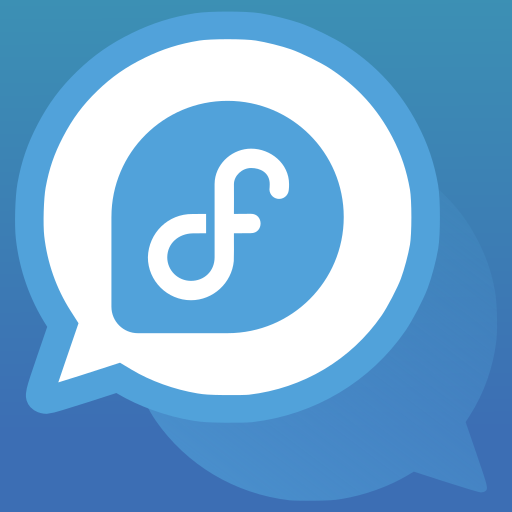- cross-posted to:
- asklemmy@lemmy.ml
- cross-posted to:
- asklemmy@lemmy.ml
I am very curious and want to help to make Linux more accessible.
I wrote with some people and got some insights:
- everything text, like a read-mode-only browser or a plain Terminal is best for TTS engines.
- TTS engines are difficult, some are really good but need many resources, some are worse but save resources
- TTS needs to be optimized to be really fast in some cases, to keep up with the speed
- some apps are better, some are worse, but probably most apps dont really suit blind people, as the whole GUI concept makes no sense
I am really curious. How would it be best for you, braille vs. voice, voice input vs braille vs. gestures?
What apps do you find best, how do you browse the web, find media to listen, how do you use Document editors and what purpose do they have for you?
Thanks a lot!



Average users just aren’t going to use a TUI. Heck, I work at a tech start-up, and I avoid TUI’s when I can. I have work to get done, and that work doesn’t involve fiddling with my machine. Both Windows and mac let me get the job done with a minimum of messing around. I work in tech all day; my objective is to get everything done with as little effort as possible not directly related to my actual job. Linux does that in the case of servers, not in the case of desktops. This instance is hosted on an Ubuntu machine, but it’s dockerized and automated. I need to log into it maybe once a month. I have nothing against Linux, but I still maintain that the basic decisions behind it make it totally unsuitable for an accessible desktop for the vast majority of users, without major infrastructural changes.